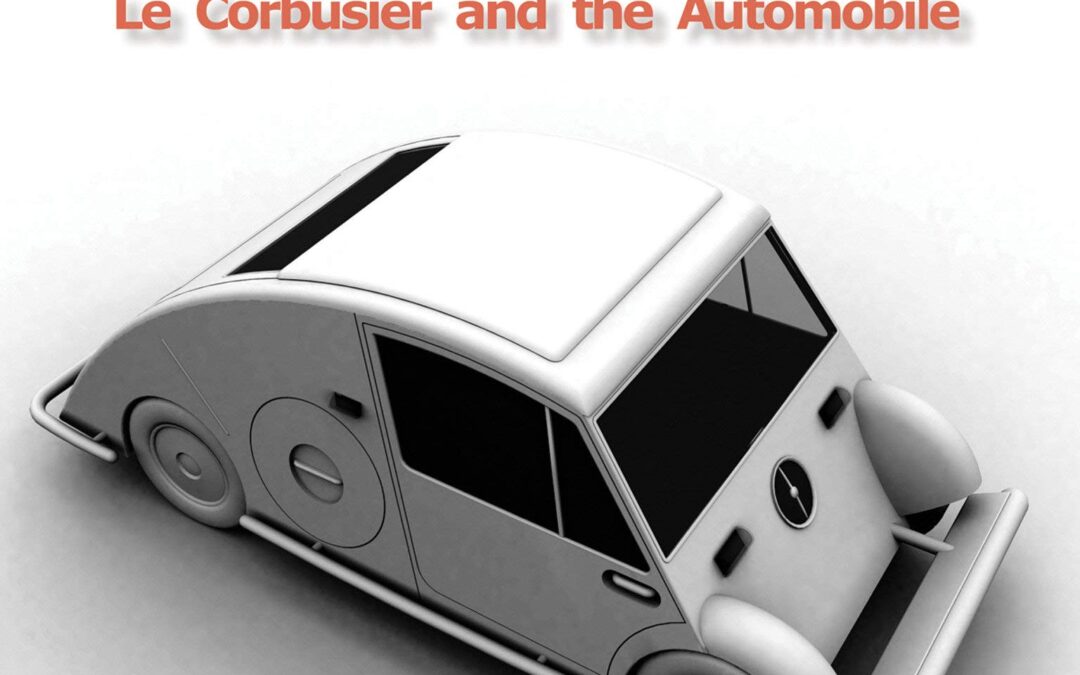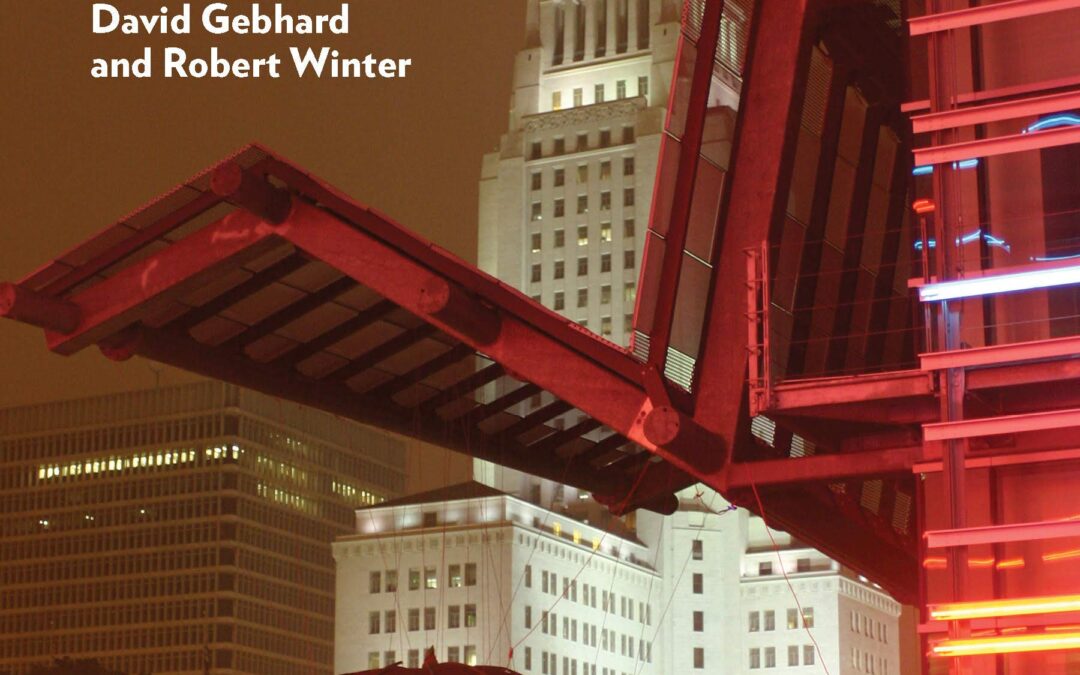
They say nobody walks in LA, but with LA Scavenger in hand you’ll ditch the car and discover Los Angeles’s hidden treasures that you’d otherwise zip past. This fun and interactive scavenger hunt will help you see the city in a completely new way as you walk or roll to locate under-the-radar and iconic landmarks. Set off on an exciting journey to uncover over 300 locations in neighborhoods all over LA and neighboring cities. You’ll use photos and rhyming clues to find eclectic public art, unique architecture, iconic restaurants, and other often-overlooked sights. Explore secret gardens, hidden staircases, and historic cemeteries where LA’s famous and forgotten names are buried. Find a charming shop that’s been making mochi for over 100 years and a Jewish deli full of rock history and pastrami. You’ll also visit a storied hotel that hosted the first Academy Awards ceremony, a Victorian mansion that became a clubhouse for magicians, and an Art Deco sculpture that guards a lake. Even if you’re familiar with some of the locations, the poetic clues will reveal fascinating trivia and give you a fresh perspective on the neighborhood. Food and travel writer Danny Jensen brings his love for Los Angeles and enthusiasm for exploring hidden histories and secret places to this unique guidebook. With this one-of-a-kind scavenger hunt, you can team up with your family, challenge your friends, or solve the clues on your own to test your knowledge of the city. Perfect for both visitors and longtime Angelenos, LA Scavenger will help you explore new neighborhoods, look at familiar locations in new ways, and train your eye to find the tiny details that tell a larger story. Enjoy the adventure!

A colorful account of Le Corbusier’s love affair with the automobile, his vision of the ideal vehicle, and his tireless promotion of a design that industry never embraced.Le Corbusier, who famously called a house “a machine for living,” was fascinated—even obsessed—by another kind of machine, the automobile. His writings were strewn with references to autos: “If houses were built industrially, mass-produced like chassis, an aesthetic would be formed with surprising precision,” he wrote in Toward an Architecture (1923). In his “white phase” of the twenties and thirties, he insisted that his buildings photographed with a modern automobile in the foreground. Le Corbusier moved beyond the theoretical in 1936, entering (with his cousin Pierre Jeanneret) an automobile design competition, submitting plans for “a minimalist vehicle for maximum functionality,” the Voiture Minimum. Despite Le Corbusier’s energetic promotion of his design to several important automakers, the Voiture Minimum was never mass-produced. This book is the first to tell the full and true story of Le Corbusier’s adventure in automobile design. Architect Antonio Amado describes the project in detail, linking it to Le Corbusier’s architectural work, to Modernist utopian urban visions, and to the automobile design projects of other architects including Walter Gropius and Frank Lloyd Wright. He provides abundant images, including many pages of Le Corbusier’s sketches and plans for the Voiture Minimum, and reprints Le Corbusier’s letters seeking a manufacturer. Le Corbusier’s design is often said to have been the inspiration for Volkswagen’s enduringly popular Beetle; the architect himself implied as much, claiming that his design for the 1936 competition originated in 1928, before the Beetle. Amado Lorenzo, after extensive examination of archival and source materials, disproves this; the influence may have gone the other way. Although many critics considered the Voiture Minimum a footnote in Le Corbusier’s career, Le Corbusier did not. This book, lavishly illustrated and exhaustively documented, restores Le Corbusier’s automobile to the main text.

The map may not be the territory, and the word may not be the thing, but this guide is as close as it gets.
Since its first publication by the Los Angeles County Museum of Art in 1965, this seminal vade mecum of Los Angeles architecture has explored every rich potency of the often relentless, but sometimes―as the authors have captured here―relenting L.A. cityscape. Revised extensively and updated rigorously since its fifth edition published in 2003, The Architectural Guidebook to Los Angeles now contains ninety-six sections organized in thirteen geographic chapters, boasting over 200 new additions to over thousands of entries cataloging every crease of Los Angeles County’s metropolitan sheath.
Originally written by leading architectural historians Robert Winter―described by Los Angeles Magazine as both the “spiritual godfather” and “father” of L.A. architecture―and the late, great David Gebhard, the guide has been revised and edited for a sixth edition by award-winning L.A. urban walker and Winter’s trusted collaborator Robert Inman. Nathan Masters, historian and Emmy-award-winning host, producer, and managing editor of KCET’s Lost LA, writes the foreword.
The Architectural Guidebook to Los Angeles, hailed by many as the built L.A. opus, explores the man made structures, gardens, parks, and other physical features of a fulgurous Los Angeles. With singular wit and brio, the authors artfully steward readers through all regions and styles, from the Spanish Mexican Period to Postmodern, American Take-over to High Tech, and Beaux-Arts to Craftsman. Sites covered begin with the missions of Spanish California and end with projects completed in 2017.
Dilettantes and experts, practitioners and students, aficionados and osmotic natives alike: all are blood type-compatible with this rich and peerless Bible for architecture enthusiasts. All of its own ilk, this book is thick and alive with a tone of its own making―and doing. A unique style of writing renders the guide simultaneously funny, tasteful, and historically-comprehensive, all with equal measure. Gebhard and Winter fill in the diegetic blanks with a droll eye. More than a critical reference for the bookshelves of scholars, enthusiasts, and practitioners alike, Architecture in Los Angeles is a faithful snapshot of the city as she lives and breathes.

The venerable Chevy big-block engines have proven themselves for more than half a century as the power plant of choice for incredible performance on the street and strip. They were innovators and dominators of the muscle car wars of the 1960s and featured a versatile design architecture that made them perfect for both cars and trucks alike. Throughout their impressive production run, the Chevy big-block engines underwent many generations of updates and improvements. Understanding which parts are compatible and work best for your specific project is fundamental to a successful and satisfying Chevy big-block engine build.
In Chevy Big-Block Engine Parts Interchange, hundreds of factory part numbers, RPOs, and detailed color photos covering all generations of the Chevy big-block engine are included. Every component is detailed, from crankshafts and rods to cylinder heads and intakes. You’ll learn what works, what doesn’t, and how to swap components among different engine displacements and generations. This handy and informative reference manual helps you to create entirely unique Chevy big-block engines with strokes, bores, and power outputs never seen in factory configurations. Also included is real-world expert guidance on aftermarket performance parts and even turnkey crate motors. It s a comprehensive guide for your period-correct restoration or performance build.
John Baechtel brings his accumulated knowledge and experience of more than 34 years of high-performance engine and vehicle testing to this book. He details Chevy big-block engines and their various components like never before with definitive answers to tough interchange questions and clear instructions for tracking down rare parts. You will constantly reference Chevy Big-Block Parts Interchange on excursions to scrap yards and swap meets, and certainly while building your own Chevy big-block engine.






